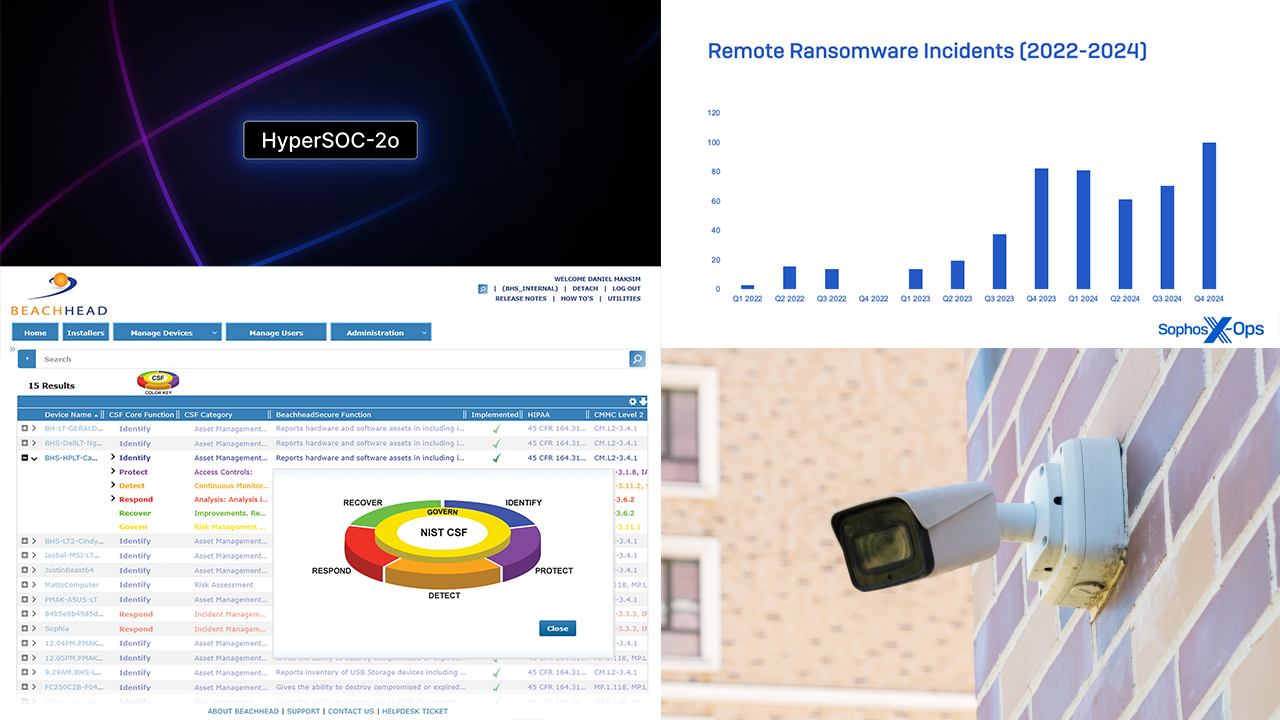Reducing operational expenses can significantly boost profitability, but it’s crucial to approach cuts strategically to avoid affecting service quality or team efficiency. This checklist helps MSPs identify areas to reduce costs by auditing tools, staff, and contracts while maintaining operational effectiveness and client satisfaction.
Checklist Questions and Actions:
1. Are my vendor contracts optimized for cost efficiency?
- Yes / No
- Action: Review vendor pricing, contract terms, and any available discounts or volume pricing.
- Additional Context: Vendor contracts are often set up and then forgotten. Revisiting them can uncover potential savings. Start by reviewing each contract and comparing it against current market rates. Don’t be afraid to negotiate discounts for long-term partnerships, bundled services, or higher volume usage.
- NextStep: Create a list of all vendor contracts and note renewal dates. Contact vendors proactively before contracts renew to explore better terms or service level adjustments based on your MSP’s current needs.
2. Can I consolidate tools or services to save on licensing costs?
- Yes / No
- Action: Evaluate whether there are overlapping tools or services that could be consolidated or eliminated.
- Additional Context: MSPs often use a variety of tools (e.g., PSA, RMM, CRM), some of which may offer overlapping functionalities. Consolidating these tools can reduce licensing costs, training, and management complexity.
- Next Step: Audit your tech stack for redundancy. For example, if multiple tools are used for monitoring or ticketing, consider switching to a single, fully integrated platform that handles both. Check if your vendors offer bundles that could replace multiple tools with one comprehensive solution.
3. Am I overstaffed for my current client base or projects?
- Yes / No
- Action: Analyze staff utilization rates and project workloads to assess efficiency.
- Additional Context: Staffing is often one of the highest costs for MSPs. To avoid unnecessary expenses, ensure your team is operating at peak efficiency. Low utilization rates or an excess of idle time can indicate overstaffing. Conversely, overworking staff due to understaffing can hurt long-term productivity and client satisfaction.
- Next Step: Implement regular utilization tracking using your PSA tool. If staff utilization is consistently low, consider restructuring roles or consolidating teams. On the flip side, look into automation tools to relieve manual workloads, which could also reduce the need for additional hires.
4. Are there marketing expenses that don’t generate leads or ROI?
- Yes / No
- Action: Review the performance of your marketing campaigns and eliminate low-ROI channels or strategies.
- Additional Context: Marketing is essential for growth, but not all channels will yield the same results. Regularly audit your marketing expenses, and calculate ROI for each campaign. If certain tactics—such as paid ads, email campaigns, or events—consistently underperform, reallocating those funds to more successful channels can improve efficiency.
- Next Step: Use tracking tools like Google Analytics, HubSpot, or your CRM to measure the performance of each marketing channel. Identify low-converting efforts and consider reducing or eliminating them in favor of more profitable strategies, such as client referral programs or vertical-specific marketing.
5. Do I regularly review and renegotiate contracts with clients and vendors?
- Yes / No
- Action: Schedule regular audits of both client and vendor contracts to identify renegotiation opportunities.
- Additional Context: Contract reviews are essential for both clients and vendors. Ensure your MSP’s pricing reflects inflation, rising operational costs, or enhanced service offerings. Likewise, reviewing vendor contracts regularly can highlight areas where you can ask for better terms, discounts, or more favorable SLAs.
- Next Step: Set calendar reminders to review each client and vendor contract at least six months before expiration. To reduce expenses, don’t be afraid to renegotiate terms based on changing needs or cost structures, such as bundling more services or increasing volume-based discounts with vendors.
6. Are my operational tools and processes streamlined to avoid redundant work?
- Yes / No
- Action: Check for inefficiencies in workflows and processes to eliminate redundant tasks.
- Additional Context: Redundant processes, manual data entry, or poor integration between tools can drain time and resources. Streamlining workflows and automating tasks such as ticket routing, reporting, or client communication can dramatically improve productivity while reducing overhead.
- Next Step: Conduct a process audit with your team to identify any redundant tasks or workflows. Look for automation opportunities within your PSA, CRM, and RMM tools, such as auto-escalating tickets or generating automated reports. Improving these processes can reduce labor costs and operational waste.
7. When was the last time I audited my expenses and contracts?
- Date: _________
- Action: Establish regular audits—at least annually—to review expenses and vendor contracts.
- Additional Context: Regular audits are necessary to ensure you’re not paying for unused tools, redundant services, or outdated vendor agreements. Expenses can easily balloon without regular oversight, and by implementing an annual or semi-annual audit process, you can proactively identify areas for improvement.
- Next Step: Set a recurring schedule for expense and contract audits, ideally quarterly or annually. Involve department heads in this process to ensure that every aspect of the business is reviewed. Use this time to also analyze profitability per client to see if some contracts need renegotiating or adjusting.
Decision Outcome:
- If you answered Yes to most of these questions: your MSP may already be operating efficiently, but there is still room to optimize contracts, eliminate redundancies, and consolidate tools. Focus on reviewing contracts more frequently and streamlining tools and processes to further reduce expenses.
- If you answered No to many of these questions: it’s time to take a deep dive into your MSP’s expenses. Start with vendor contracts and marketing expenses, as these can often be optimized with minimal service disruption. Consider consolidating tools and automating processes where possible to free up resources and reduce unnecessary costs.
Conclusion:
Cutting costs doesn’t have to mean sacrificing quality. With regular audits and careful attention to inefficiencies, MSPs can strategically reduce expenses while maintaining—or even improving—service delivery. Start by focusing on vendor contracts, tool consolidation, and underperforming marketing channels, then move on to auditing staffing and workflows for maximum profitability.
ChannelPro has created this checklist to help busy MSPs streamline their decision-making process. This checklist offers a starting point for evaluating key business choices, saving time and providing clarity. While this checklist is designed to guide you through important considerations, we encourage you to seek additional references and professional advice to ensure fully informed decisions.
Featured image: iStock














